Flowers that reproduce themselves: a list of eternal annual and perennial self-seeding flowers
So you're looking for plants (flowers) that don't need to be replanted every year, right? So to speak, I sowed once and forgot, every year with a harvest .. oh .. that is. with flowers.
Moreover, such self-sown plants hardly need care, they are really very unpretentious (it is not for nothing that they are called "cultivated" weeds).
So, then you will find out which flowers reproduce themselves (self-sowing).
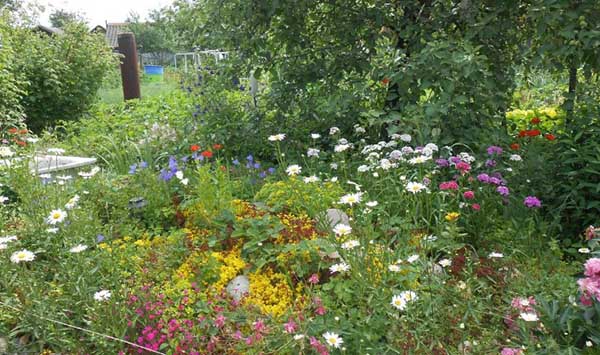
Content
Tips and rules for growing flowers that reproduce themselves
First of all, you should understand that only those crops whose seeds are capable of fully ripening during the growing season can reproduce by self-sowing, in other words, they must have a warm period long enough for this (seed ripening). Nevertheless, many crops reproduce by self-seeding only in the southern regions (or under the condition of a warm winter).
Important features of the care and cultivation of self-seeding flowers:
- As a rule, the vast majority (9 out of 10) self-sown crops are sown directly into open ground in April.May, some - it is possible in the fall (before winter).
However! Biennial self-seeding flowers - in late spring-first half of summer.
- Under no circumstances cut off the faded plants - let the seeds ripen, otherwise no self-seeding will occur!
If you really do not like faded inflorescences, then cut them off and put them at home for ripening. Once the seeds are ripe, sow in roughly the same spot where your flowers grow or in a special growing bed.
- Obviously, self-sowing flowers will be better sown in vacant plots where there are no weeds (competitors).
Note! It is worth considering that many self-sown flowers - these are the real cultivated weedswhich will also be difficult to get rid of. Especially from cosmos and purslane.
- For flowers giving self-seeding, it is better to immediately select a separate place ("clearing").
On mulched soil, almost nothing grows by self-seeding.
- In this case, the place should be enough wetto create conditions for swelling and germination of seeds.
- Often the seeds are collected and carried by various insects (ants) and birds. And most often they are carried around the site by the wind.
- Therefore, be prepared for the fact that self-sown flowers may appear in completely unexpected and inappropriate places.
In the spring, you can thin out excess seedlings.
- Most self-sown flowers will require only minimal intervention in their life from you (at most - watering in a severe drought).
- Obviously, hybrid flowers (F1), if they can produce seeds, they will be completely different from their mother plants.
- Many terry varieties gradually lose their terry (the same asters) or do not retain their properties at all, because are hybrid (F1).
List of flowers that self-propagate
Of course, most flowers are annuals, but there are several biennials and perennials.
Annuals
The most popular and relatively easy self-seeding flower crops are:
- Ageratum;
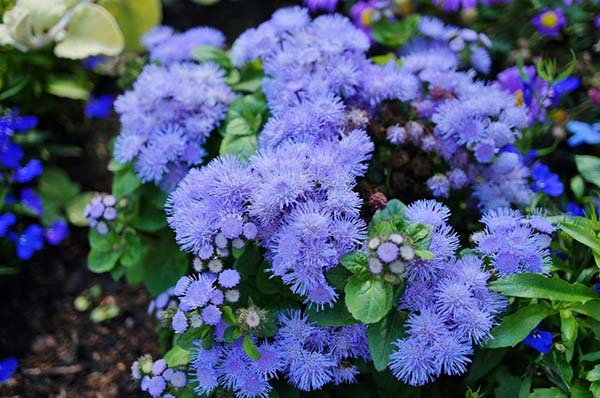
- Amaranth;
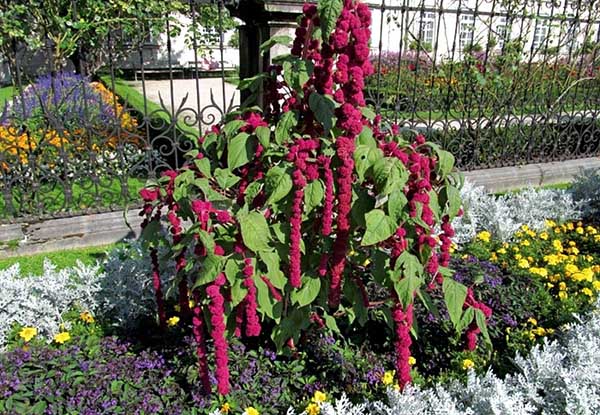
Special Viola the Horned.
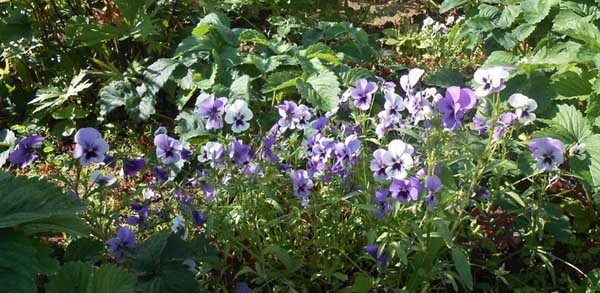
- Alyssum (lobularia) - more often it is rocky or sea;
Advice! If you want to prolong the flowering of alissum, then after the first wave of flowering you need to shorten its shoots, leaving only short stumps. After new shoots regrowth, it will bloom even more (with "caps") until frost.
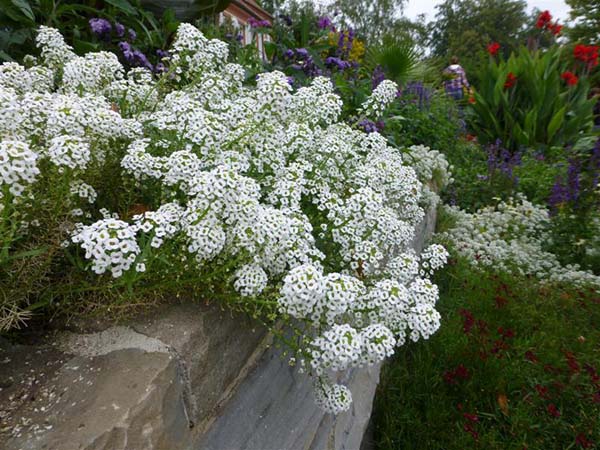
- Astra Virginian or New Belgian (or they also say "Sentyabrinki");
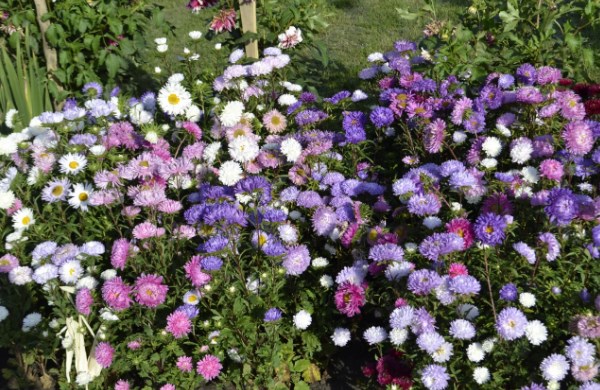
- Marigold (Chernobrivtsi, Tagetes);
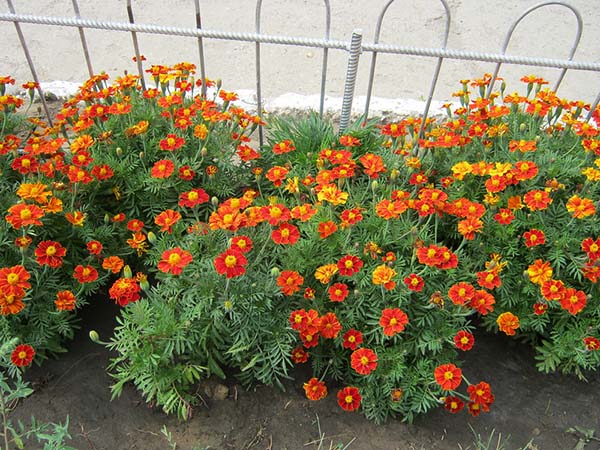
- Cornflowers;
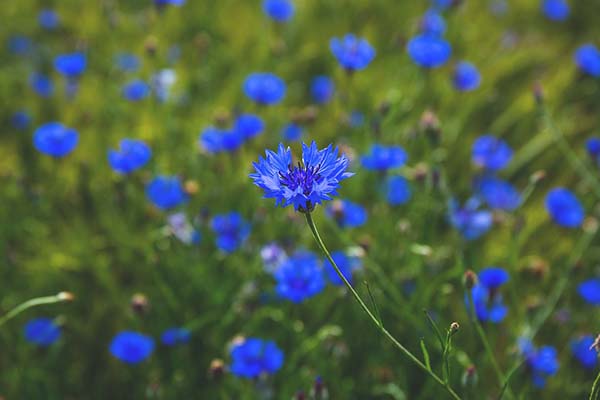
- Delphinium (annual);
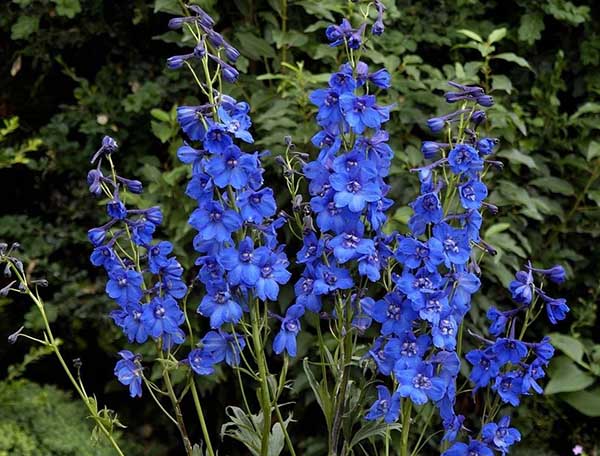
- Fragrant tobacco (only in warm regions);
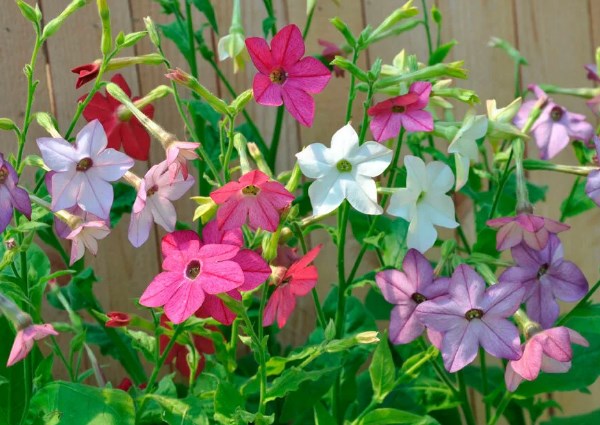
- Iberis;
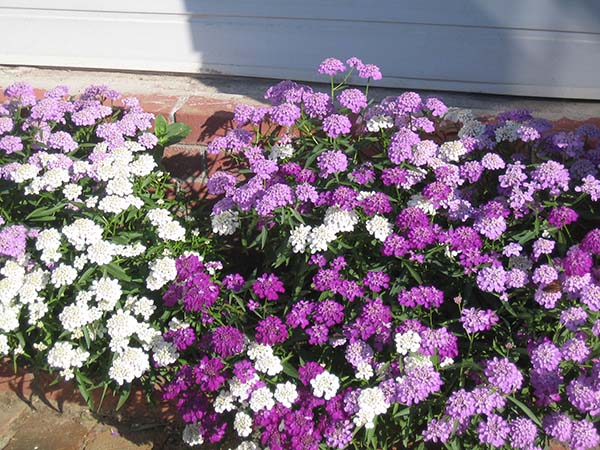
- Ipomoea;
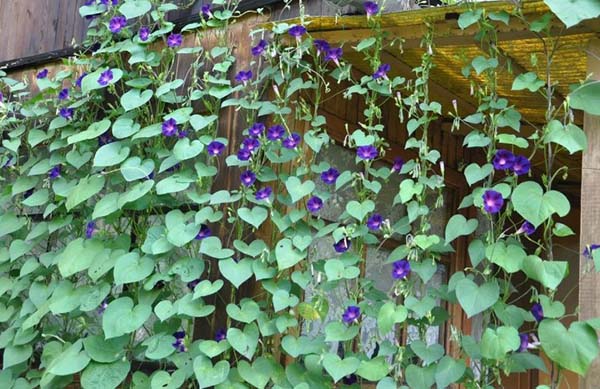
- Calendula (marigold);
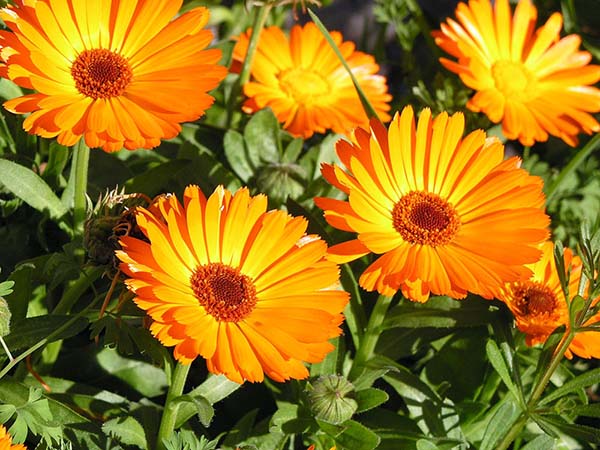
- Coreopsis;
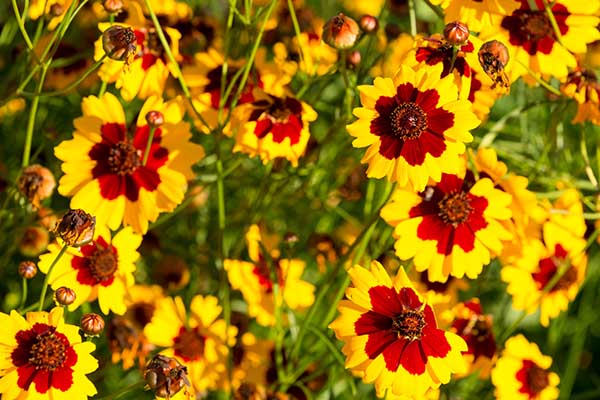
- Kosmeya;
The most unpretentious self-sown flower.
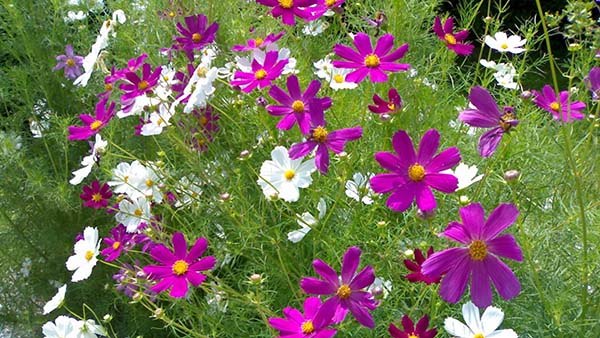
- Kohia (summer cypress);
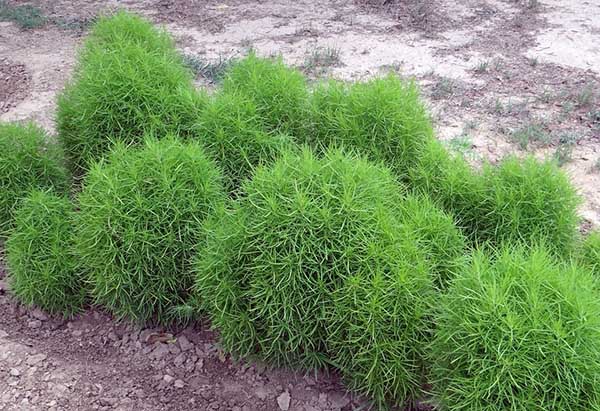
- Lavatera;
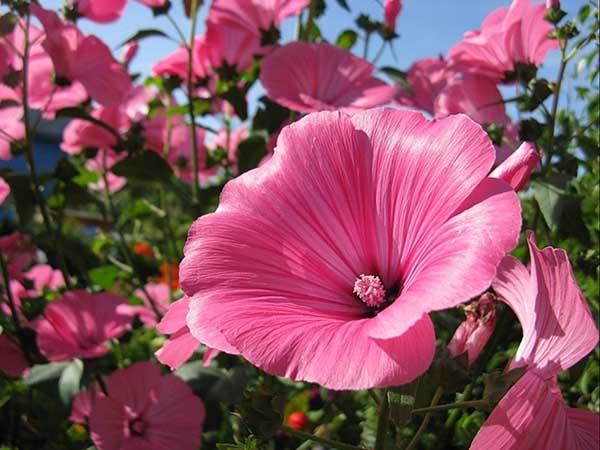
- Snapdragon (antirrinum);
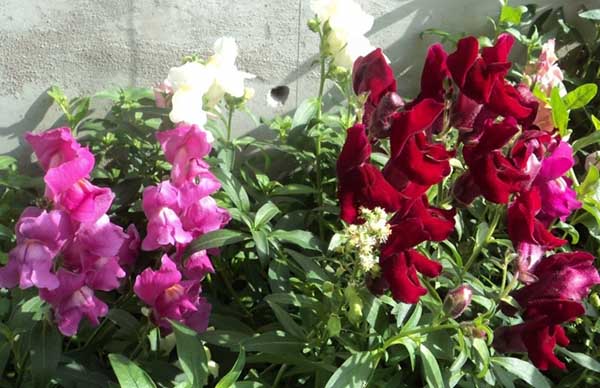
- Lupine;
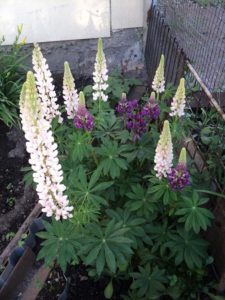
- Self-seeding poppy;
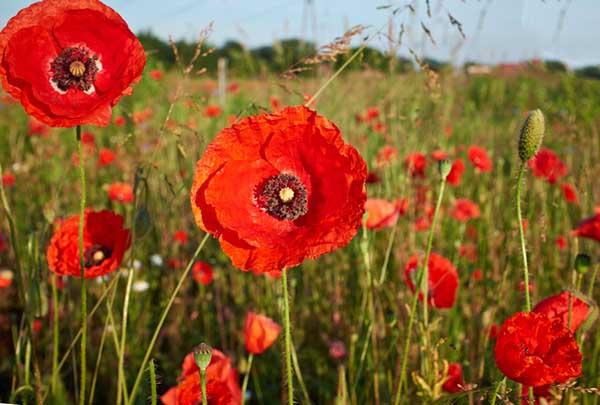
- Mallow (Stock-rose);
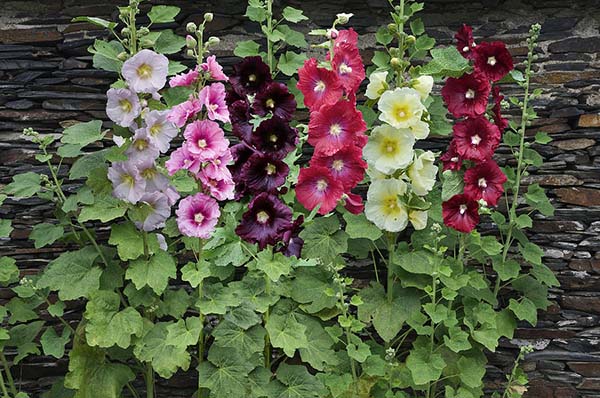
- Daisies;
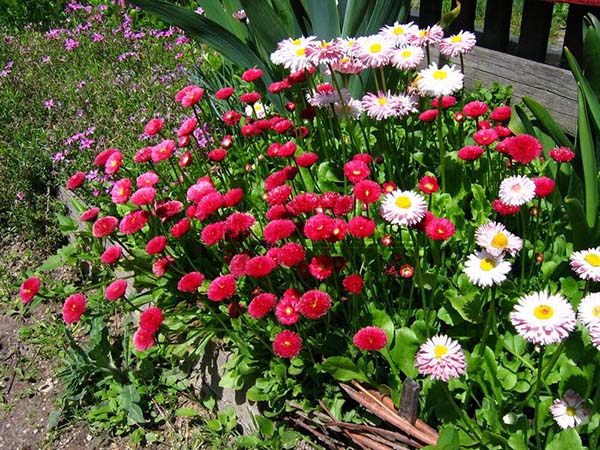
- Mattiola (Night violet);
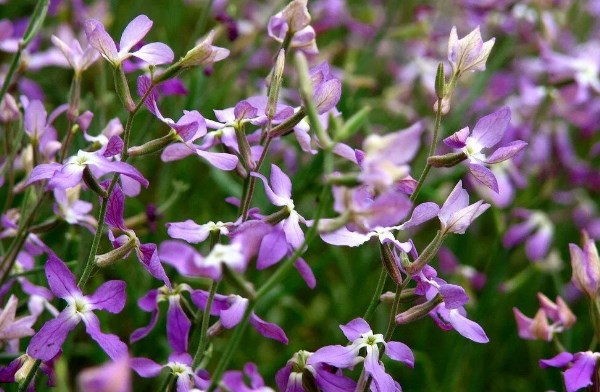
- Euphorbia bordered;
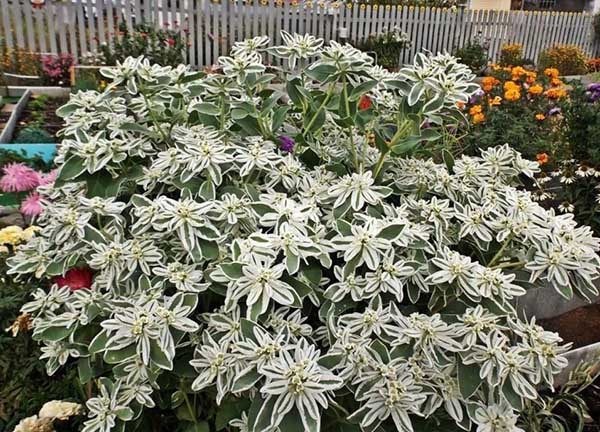
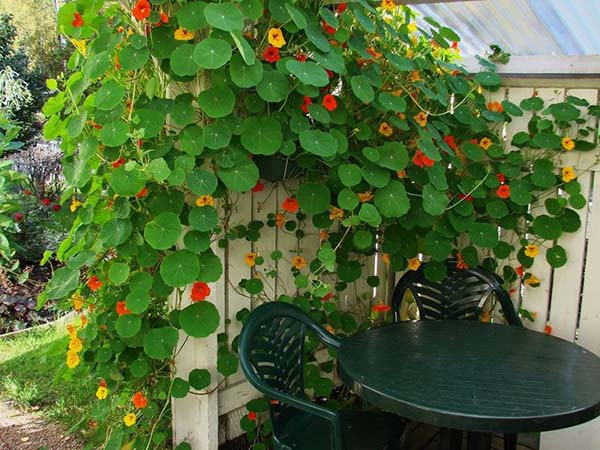
- Nigella Damascus;
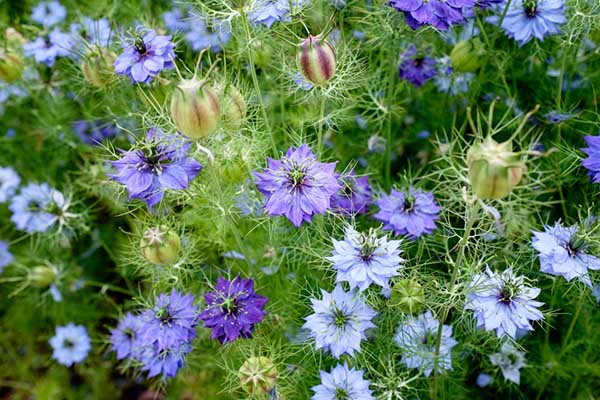
- usual,
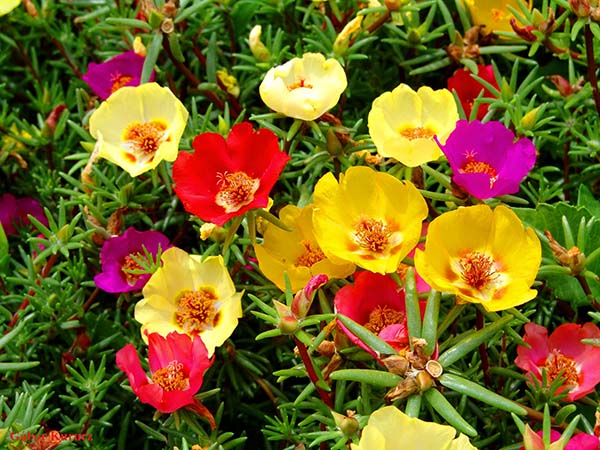
- terry,
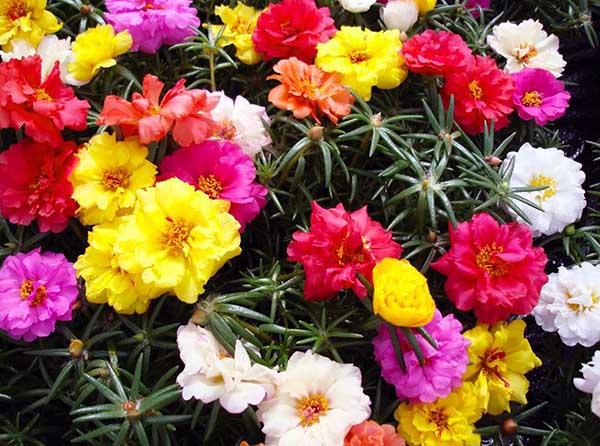
and garden (vegetable);
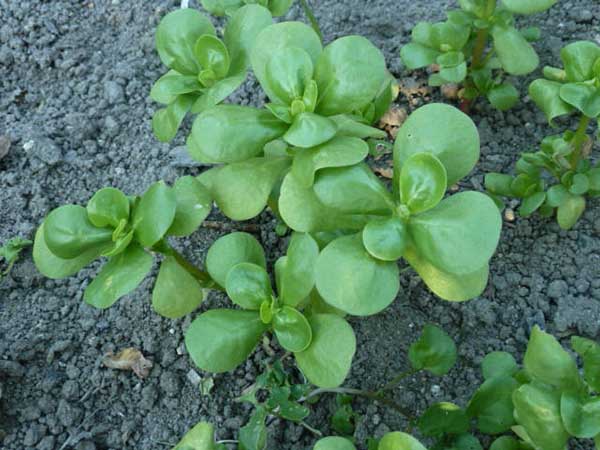
- Rudbeckia;
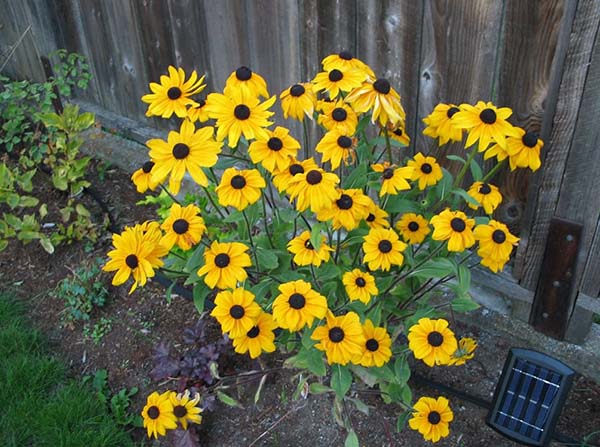
- Salvia horminumova;
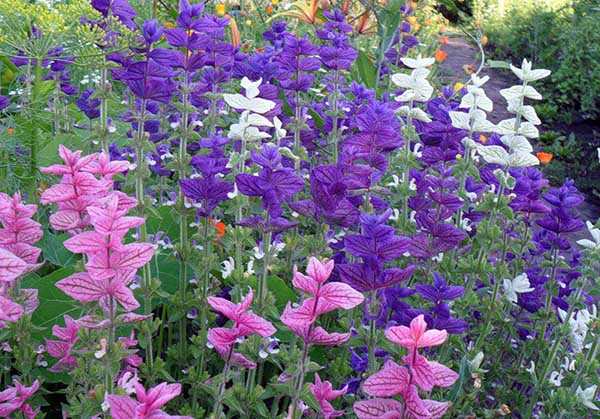
- Celosia;
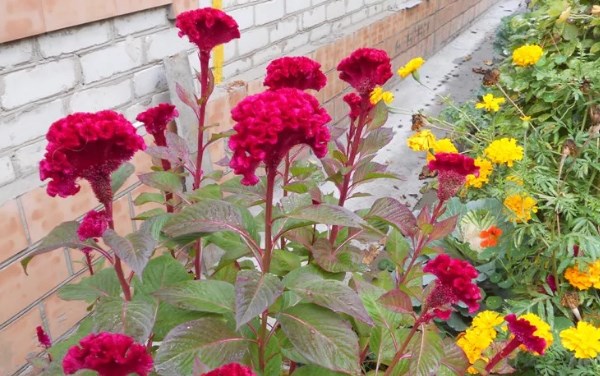
- Chrysanthemum (annual);
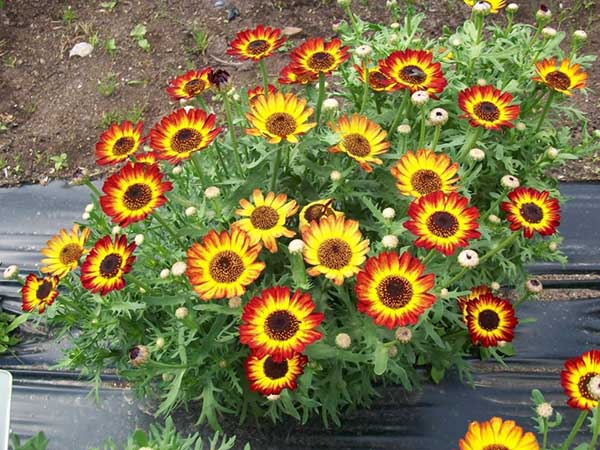
- Eschsholzia;
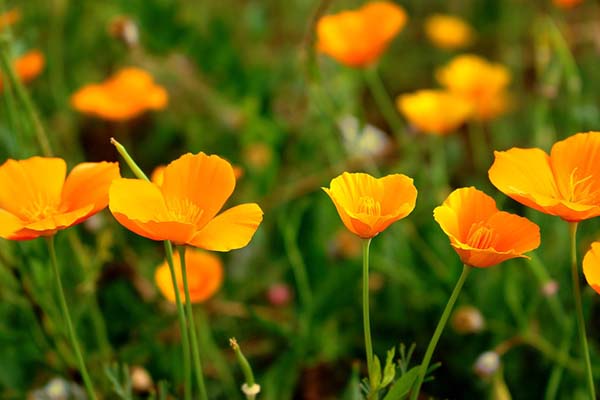
Eschsholzia is not only orange, but also in other colors.
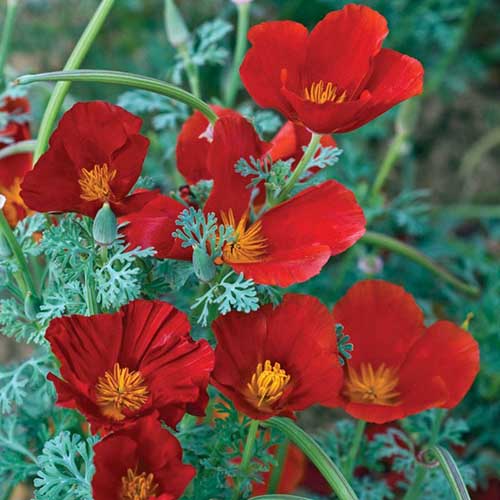
- Enotera (Donkey, Night candle);
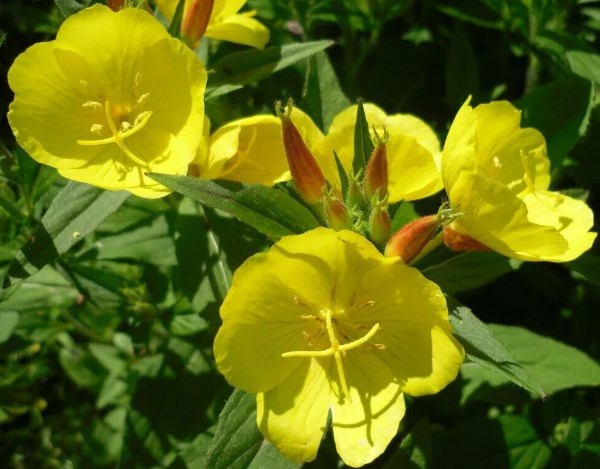
By the way! Petunia and Lobelia they can also give self-seeding, but they will not bloom very effectively (the flowers will be simple, there will definitely not be terry flowers).
Biennial
Important! Biennial flowers must be sown in the summer (in June-July) so that the aerial part (rosette of leaves) can grow in them, overwinter, and then they will bloom next year. If you sow them before winter, then next year there will be no flowering - only in the second year.
- Turkish carnation;
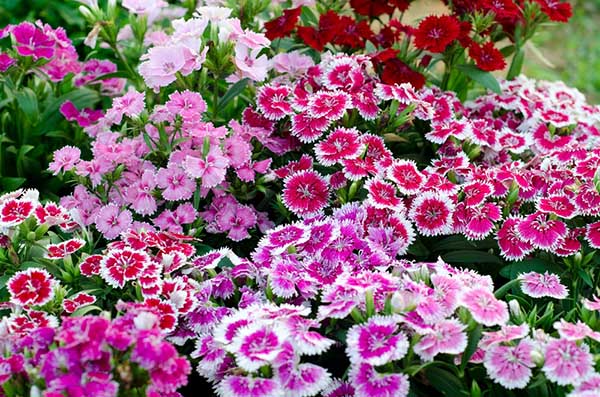
- Forget-me-not;
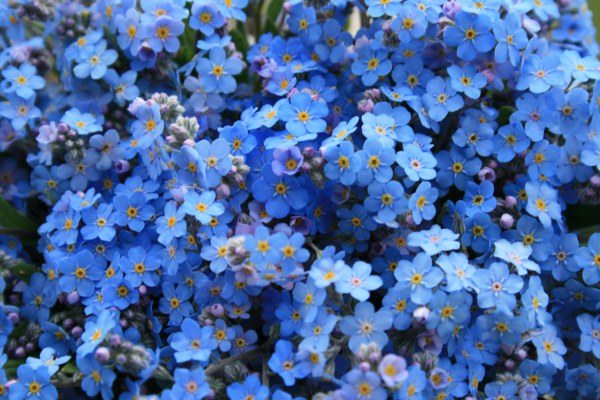
- Bell (the same peach-leaved);
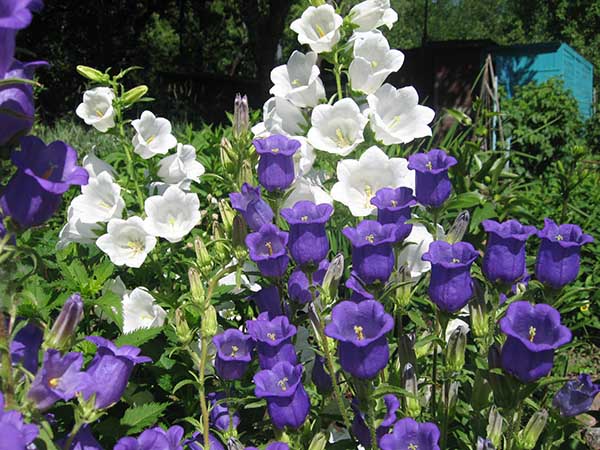
- Digitalis.
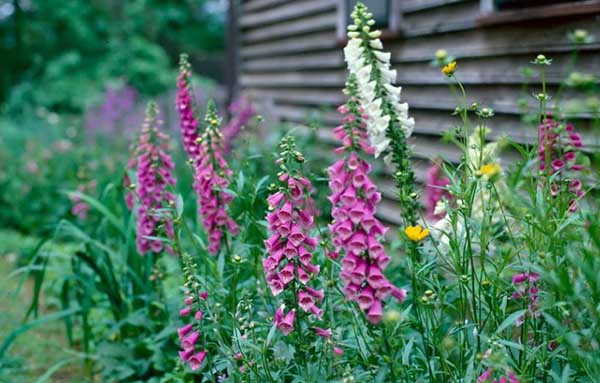
Perennial
- Primrose;
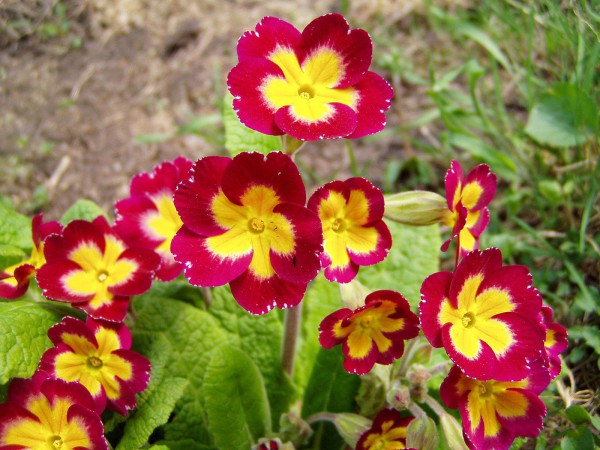
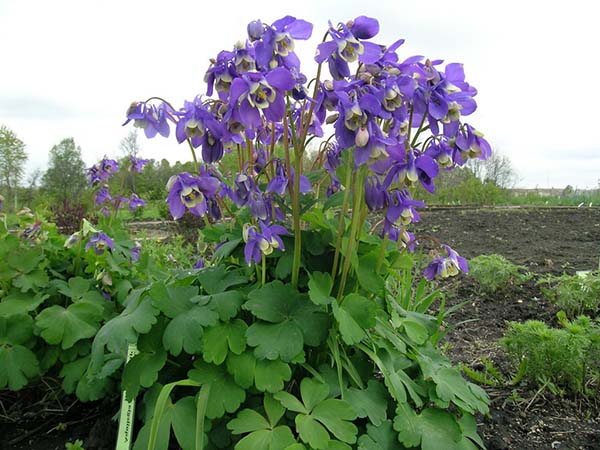
- Curly wrestler (Aconite):
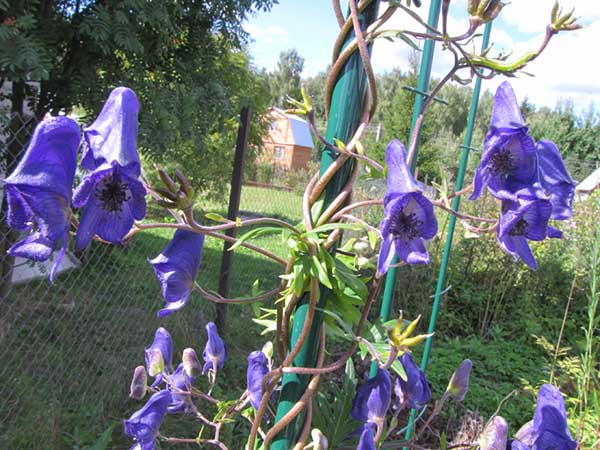
- Gaillardia (Garden chamomile);
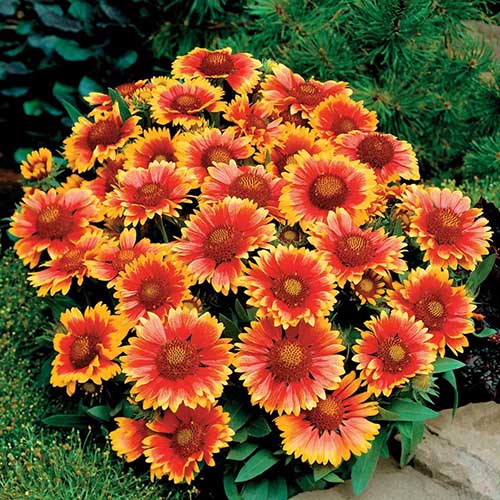
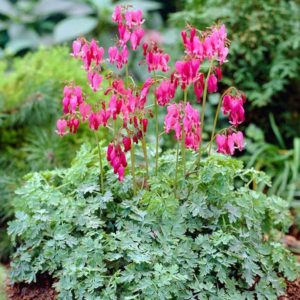
Kislitsa (Oxalis, Hare cabbage, Kukushkin clover);
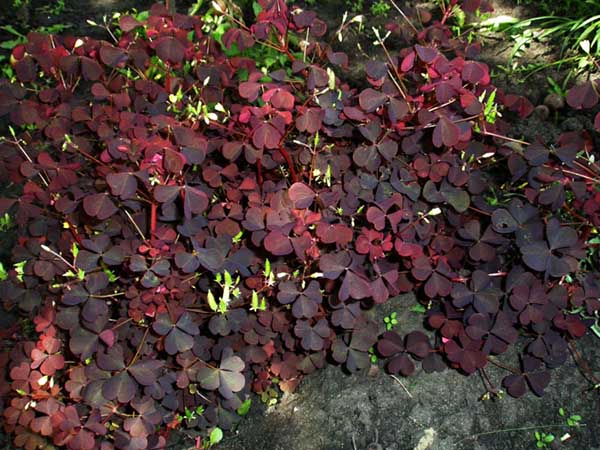
- Flax blue (perennial);
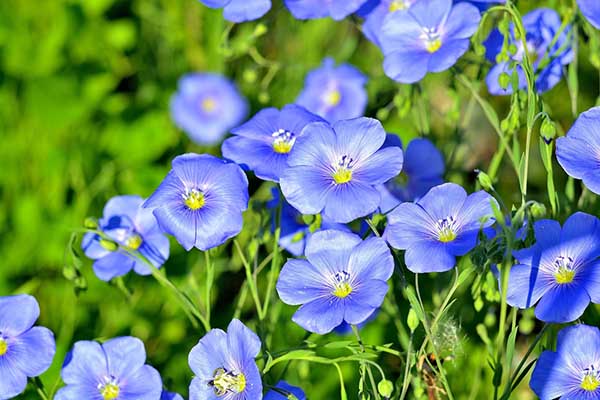
- Lychnis;
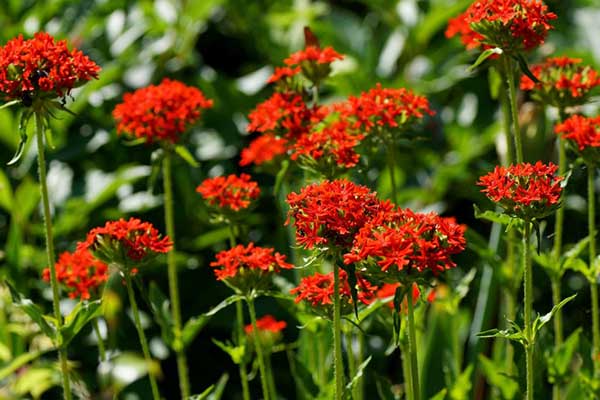
- Nivyanik;
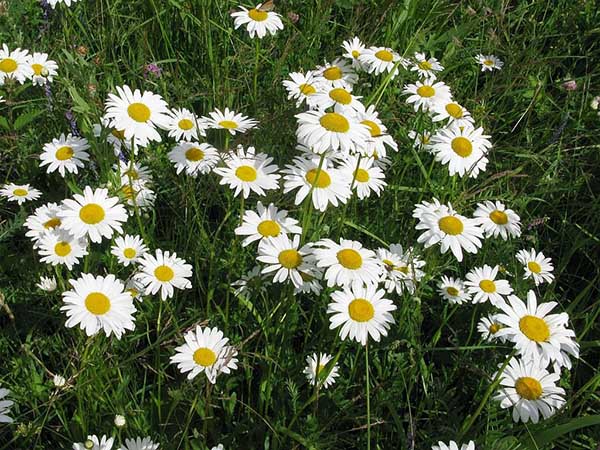
- Liverwort;
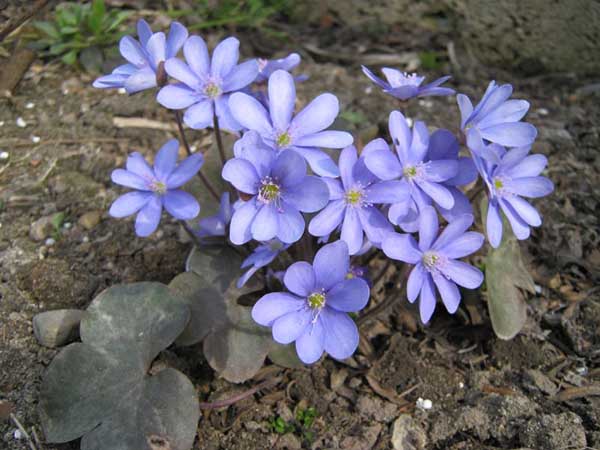
- Feverfew maiden (Tansy maiden);
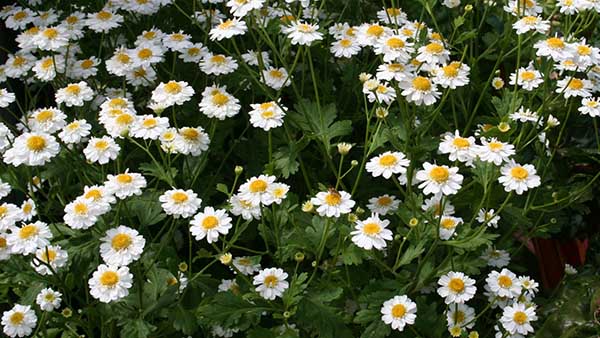
- Pupavka dyeing (Anthemis):
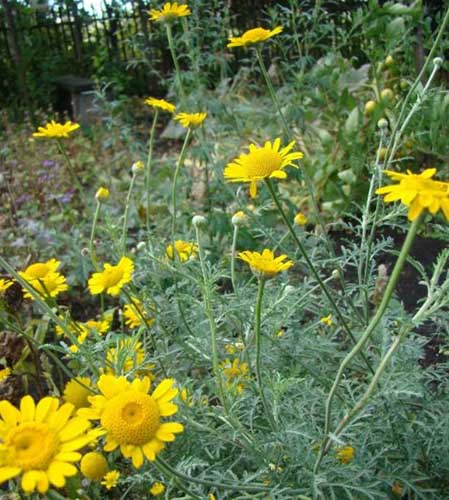
- Scabious;
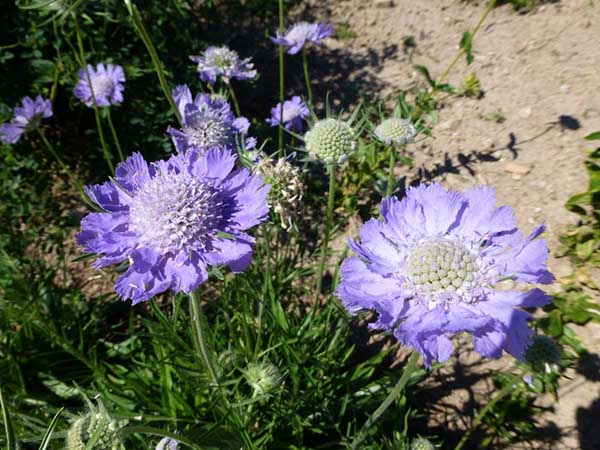
- Physalis decorative (not edible);
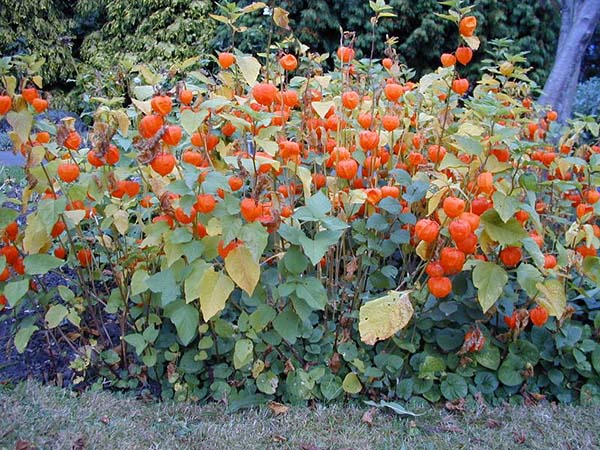
- Echinacea
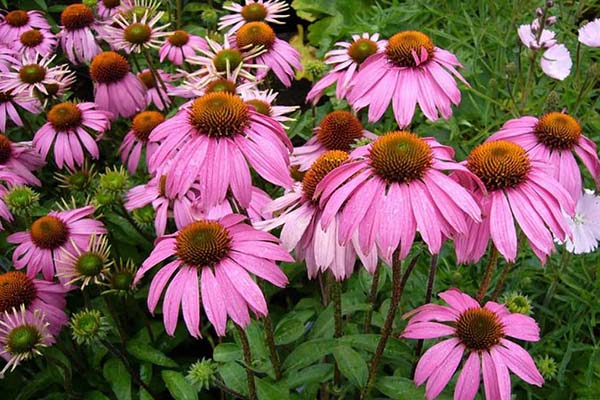
Bulbous flowers (small bulbous)
Small-bulbous plants that reproduce themselves by seeds (while blooming only for 2-3 years):
- Proleska (Scylla);
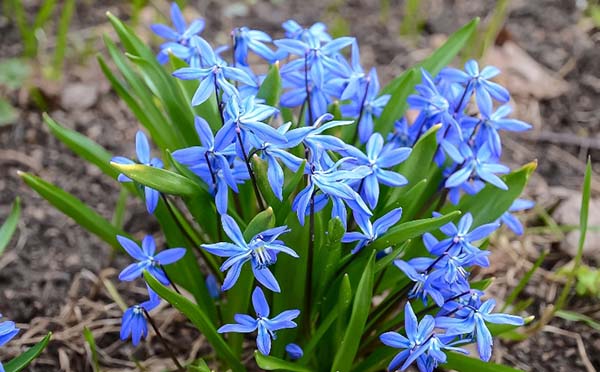
- Birdhouse;
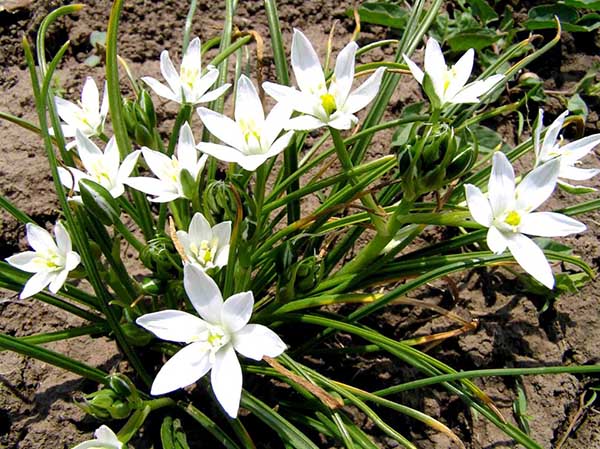
- Pushkinia;
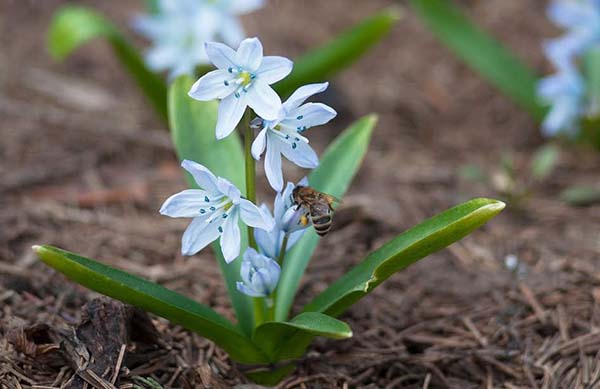
- Chionodox;
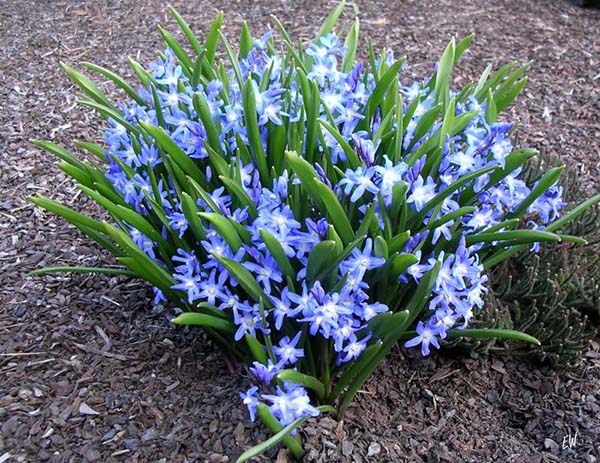
- Erantis (Winter House).
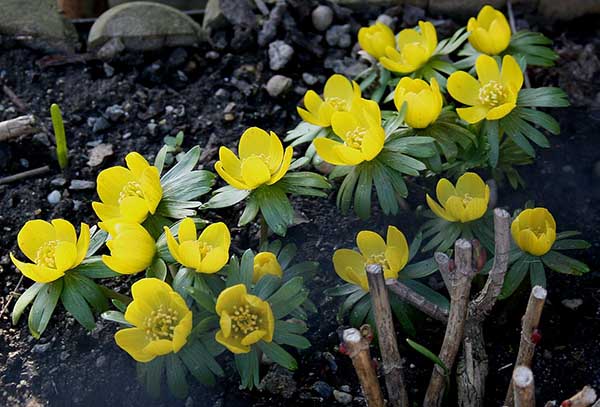
Small-bulbous flowers that reproduce themselves not by seeds, but by daughter bulbs:
- Galanthuses (snowdrops);
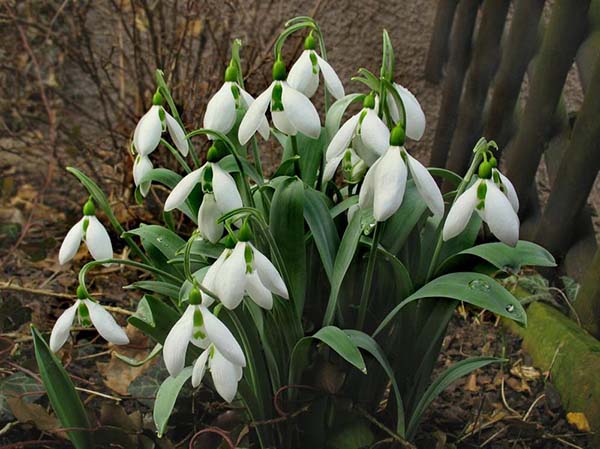
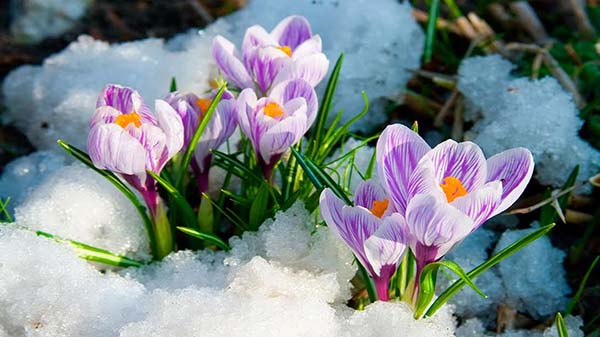
- Muscari;
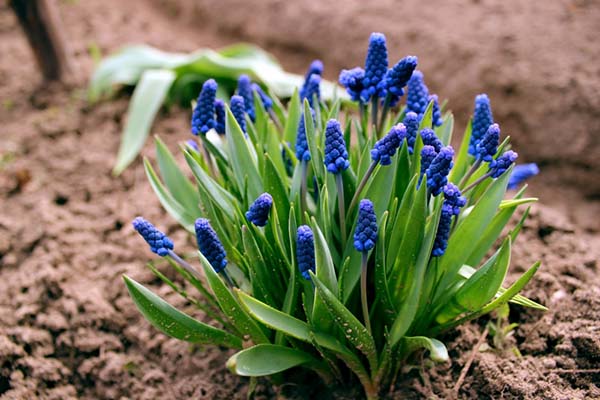
And here tulips and daffodils They do not begin to walk in the garden by themselves: the mice lose them or they forget where they hid.
Well, now you know what flowers you need to sow once, so that from year to year they delight you with their flowering. Good luck creating your weekend garden (low maintenance garden)!


Smolevka, annual phlox can reproduce by self-seeding - middle lane, Izhevsk
I doubt it very much ...